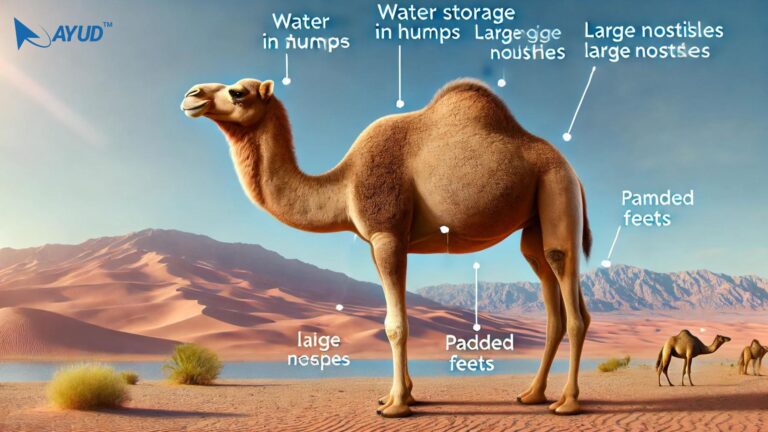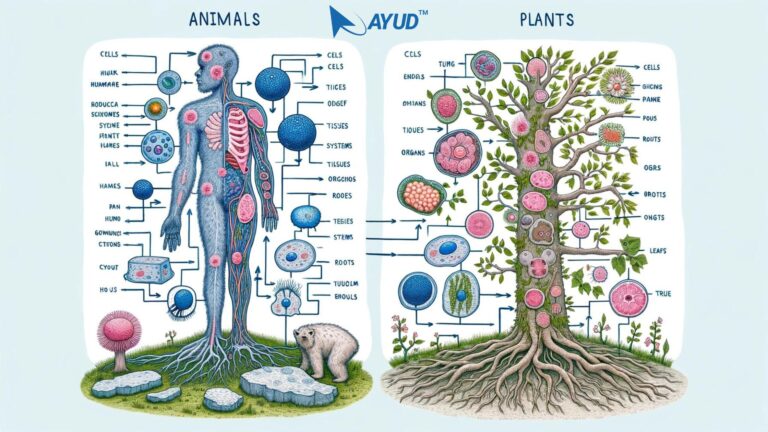Understanding Plant Anatomy: A Comprehensive Guide
Understanding Plant Anatomy: A Comprehensive Guide
Introduction to Plant Anatomy
Plant anatomy is the study of the internal structure of plants. By understanding the parts and functions of plants, we can better appreciate the complexity and beauty of nature. Understanding Plant Anatomy: A Comprehensive Guide. This blog will cover the basics of plant anatomy, including the different parts of a plant and their functions.
The Importance of Plant Anatomy
Understanding plant anatomy is crucial for several reasons. It helps farmers grow better crops, aids botanists in classifying plants, and supports medical research for new medicines. Knowing how plants function can also help in creating sustainable agricultural practices.
Major Parts of a Plant
Plants have several major parts, each with unique functions. These parts include roots, stems, leaves, flowers, and seeds. Let’s delve into each part.
Roots: The Foundation
Roots anchor the plant in the soil and absorb water and nutrients. They also store food for the plant. There are two main types of roots: taproots and fibrous roots. Taproots are thick and grow deep into the soil, while fibrous roots are thin and spread out near the surface.
Stems: The Support System
Stems hold up the plant and transport water, nutrients, and food between roots and leaves. They also store food and water. There are different types of stems, including herbaceous (soft and green) and woody (hard and brown).
Leaves: The Food Producers
Leaves are the primary site for photosynthesis, the process by which plants make food. They capture sunlight and use it to convert carbon dioxide and water into glucose and oxygen. Leaves come in various shapes and sizes, adapted to different environments.
Flowers: The Reproductive Organs
Flowers are the reproductive organs of plants. They contain male parts (stamens) and female parts (pistils). Pollination occurs when pollen from the stamen reaches the pistil, leading to the formation of seeds. Flowers come in many shapes and colors to attract pollinators like bees, birds, and butterflies.
Seeds: The New Beginnings
Seeds are the result of pollination and contain the embryo of a new plant. They are encased in a protective coat and often surrounded by fruit, which helps in their dispersal. Seeds can remain dormant for a long time and germinate under favorable conditions.
Real-Life Example: The Mighty Oak
Consider the oak tree. It starts as a small acorn, a seed with a tough shell. Once it finds suitable soil, it germinates, sending roots deep into the ground and a stem upward. Over time, it grows into a sturdy tree with a complex network of roots, a strong trunk, and branches covered in leaves. The oak tree supports various life forms, from insects to birds, and even humans who use its wood.
Practical Applications of Plant Anatomy
Knowledge of plant anatomy has practical applications. Farmers use this knowledge to improve crop yields and develop pest-resistant plants. Gardeners can better care for their plants, knowing how each part functions. Environmentalists use plant anatomy to understand ecosystems and promote conservation efforts.
How to Use Plant Anatomy Knowledge
Gardening: Use your knowledge to choose the right plants for your garden. Understand their needs and how to care for them.
Sustainable Practices: Adopt sustainable agricultural practices. Rotate crops to improve soil health.
Education: Teach others about the importance of plants and their anatomy. Share this knowledge with children to foster a love for nature.
Conclusion: Embrace the Knowledge of Plant Anatomy
Plant anatomy is not just for scientists. It’s a fascinating subject that anyone can learn and appreciate. By understanding how plants work, we can make better decisions in gardening, farming, and conservation. We can also inspire others to appreciate the natural world.
Final Thoughts
Plants are vital to our existence. They provide food, oxygen, and beauty. By learning about plant anatomy, we can better appreciate and protect them. Start with your garden or local park. Observe the plants around you and think about how they grow and function. This simple practice can deepen your connection with nature.
Real-Time Impact: A Story of Transformation
Jane, a high school teacher, introduced her students to plant anatomy. She encouraged them to start a school garden. The students learned to identify different plant parts and understand their functions. They grew vegetables and flowers, transforming a barren plot into a vibrant garden. This project not only improved their knowledge but also instilled a sense of responsibility towards the environment.
Bringing Change to Your Life
By understanding plant anatomy, you can make informed choices in your gardening practices, contribute to environmental conservation, and educate others. This knowledge can bring a positive change in your life and the lives of those around you.
#PlantAnatomy #BotanyBasics #UnderstandingPlants #GardeningTips #SustainableAgriculture #PlantBiology #Photosynthesis #PlantRoots #PlantStems #PlantLeaves #PlantFlowers #PlantSeeds #ayud #ayudjobs #askayud #MultiLanguageSupport #ResumeBuilder #gotestit #ayudian #ayudblog
Self Evaluation:
GoTestIt – NEET Biology / Plant Anatomy
My Goal Tracker – Stage 0 Level 0
https://ayud.page.link/TgdoHPKR1XBoS5J16
How to Use Ayud Jobs: A Comprehensive Guide
Join our what’s app channel for timely updates







